Formula E
Behind the Scenes with Daniel Abt: Formula E Pit Stop at the DHL Hub in Leipzig
Daniel Abt was amazed by what he saw in the 22,000-square-meter hangar, the second largest in Germany. The facility between Halle and Leipzig, including hangar and warehouse, opened in 2008, is the DHL hub for the whole of Europe. 66 cargo aircraft are serviced here, 35 of them belonging to EAT Leipzig, and the rest to DHL Air (UK) and AeroLogic. “Leipzig is the largest of our three global DHL hubs,” explains Steffen Adler, Business Planning & Communications Manager at Leipzig. “Each night, we handle up to 400,000 shipments here.”
A second global hub in Cincinnati takes care of cargo operations in America, while a third in Hong Kong serves the Asia region. In addition to these three global hubs, there are multiple regional ones. The other European hubs are in Brussels, East Midlands, Bergamo, Vittoria and Copenhagen. “Every day, we have anything up to 260 planes in the air,” adds Adler. After a short tour of the hangar, Abt was given an exclusive look inside an Airbus A300-600. The 23-year-old was astonished by what he found in the cockpit: “So many buttons and switches!” No comparison to the controls on his Formula E racing car.
Racing steering wheel vs. aircraft controls
That’s because the steering wheel in the car has a far less complex layout: in the center are three adjustable knobs, five push buttons and a digital display, plus a total of four shift paddles at the side. Since the debut season of the race series, the steering wheel has been supplied as a standard unit by French manufacturer XAP Electronics to all contestants. Changes to the hardware are not permitted. For the forthcoming season, however, the teams will be given a new steering and control system that will give more options for customization.
But fewer buttons and switches don’t mean that the drivers will have a less busy time in their cockpits. At first glance, the difference is obvious: while the aircraft pilot can switch to autopilot in normal flight, Abt has to do the race all by himself, controlling not only the steering and acceleration but also has to take energy management into account.
But in the aircraft cockpit, there is also a lot to do – after all, the many buttons and knobs are there for a reason. During the flight, the pilot has to perform a constant supervisory role. This includes monitoring fuel consumption and flow to the engines. And just as on the racetrack, the pilot has to remain constantly vigilant for any sudden changes.
Steering, electrical switching and making adjustments to the energy management: Daniel Abt does all of this by means of the steering wheel. With a knob on the left-hand side which sets the brake pressure at different levels, or with a paddle located on the lower right-hand rear side of the steering wheel which can select six energy recovery levels. This enables Abt to manage his braking and thereby channel the energy released back into the battery.
The teams have a maximum of 200kW available per practice, qualifying or race session. “This means that we can call on 270 horsepower and reach a top speed of 220kph,” says Abt. The Formula E car may not be able to match the 891kph Airbus A300-600 for speed, but Abt wouldn’t swap one for the other: “Much as I am interested in aircraft, I love racing.”

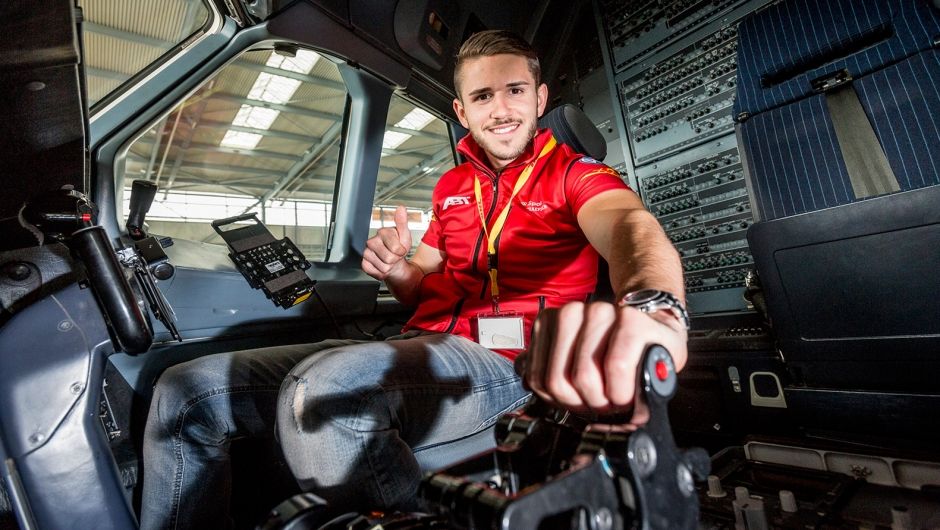
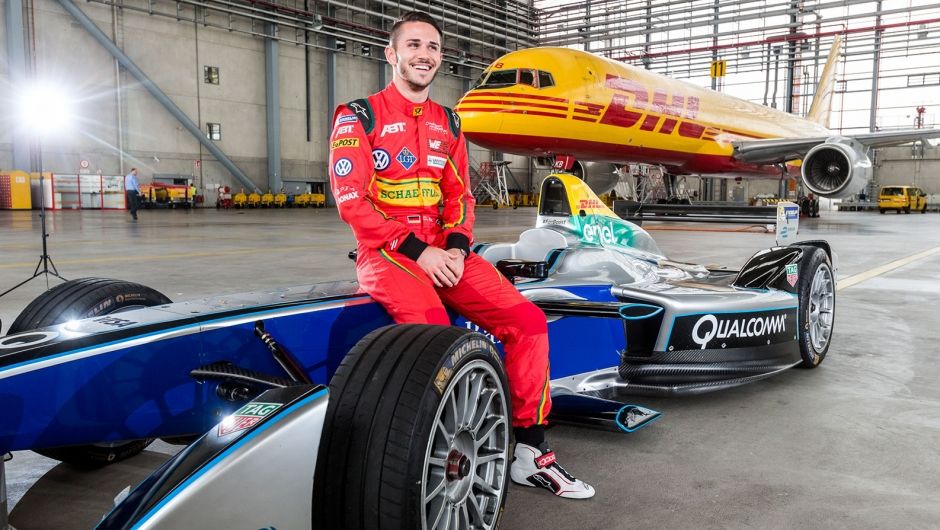
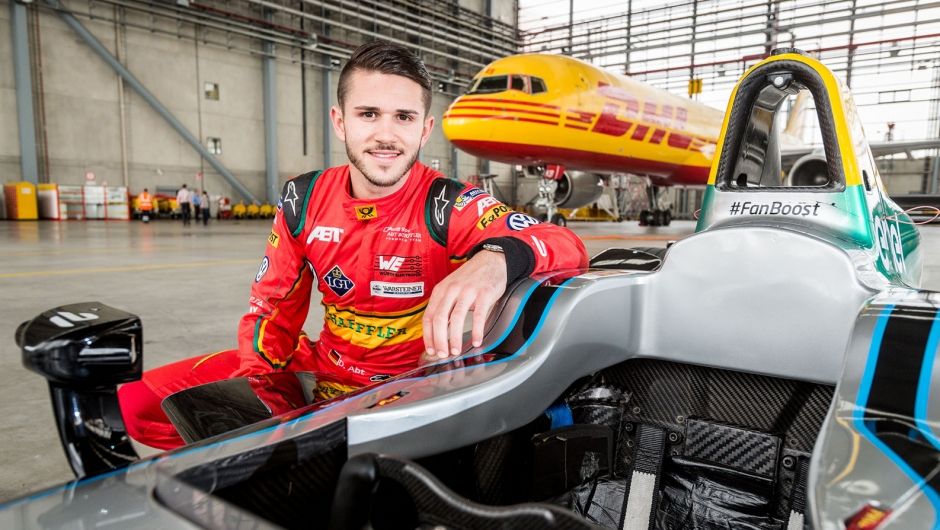
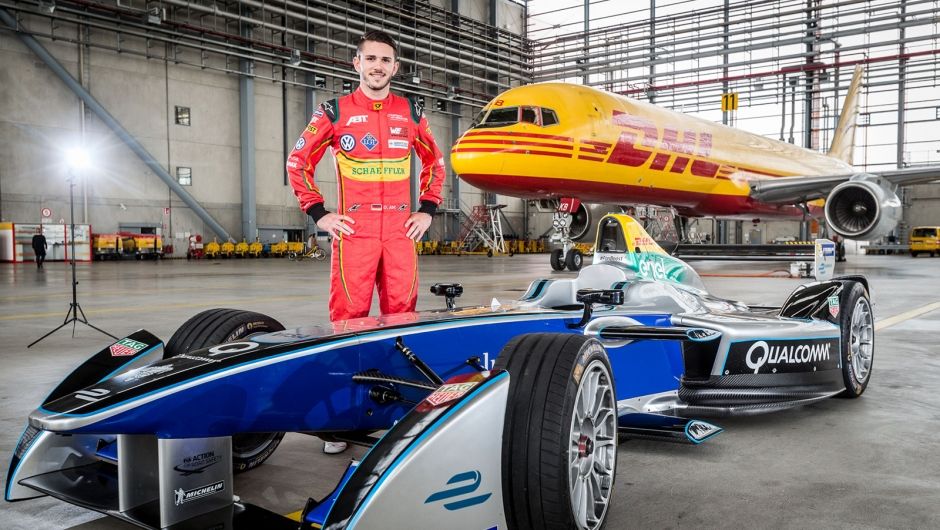
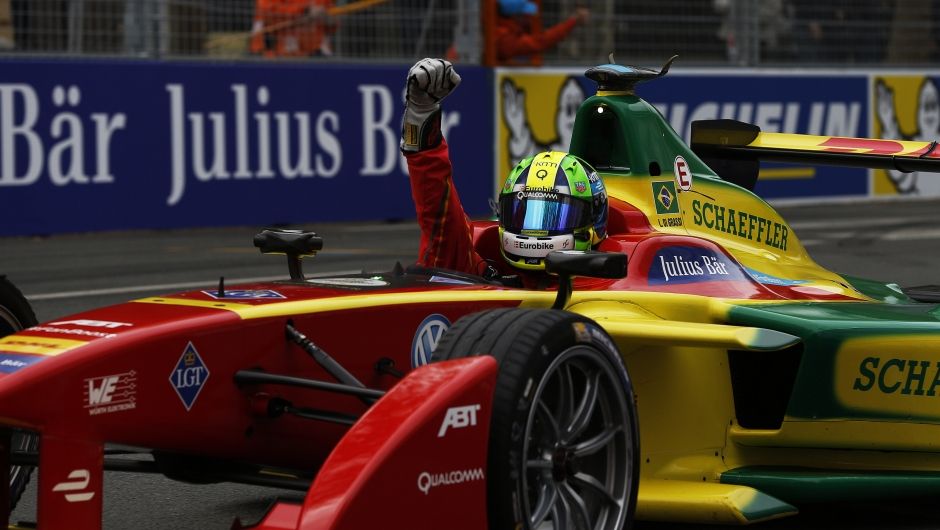

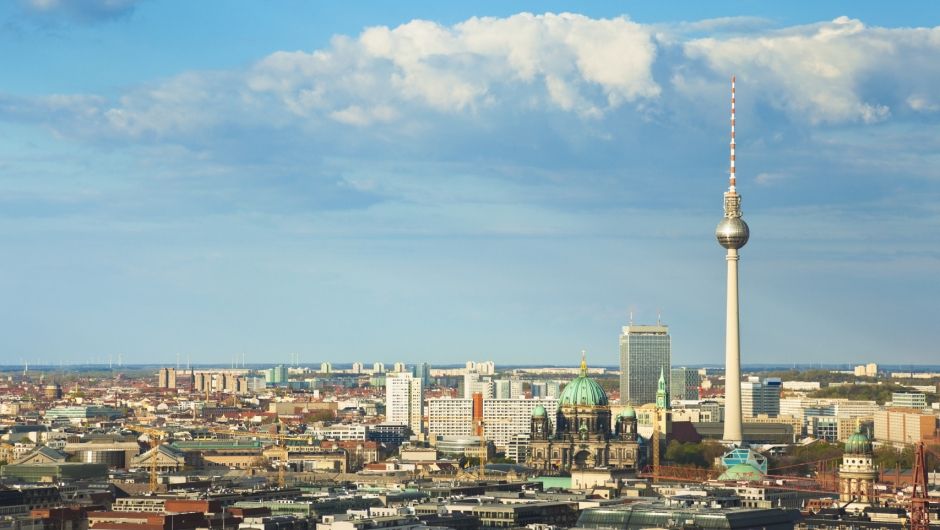
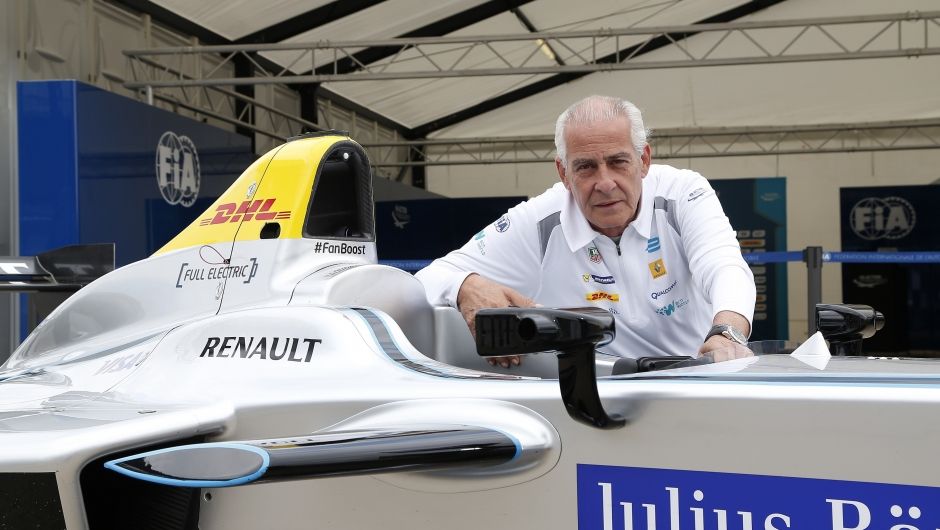
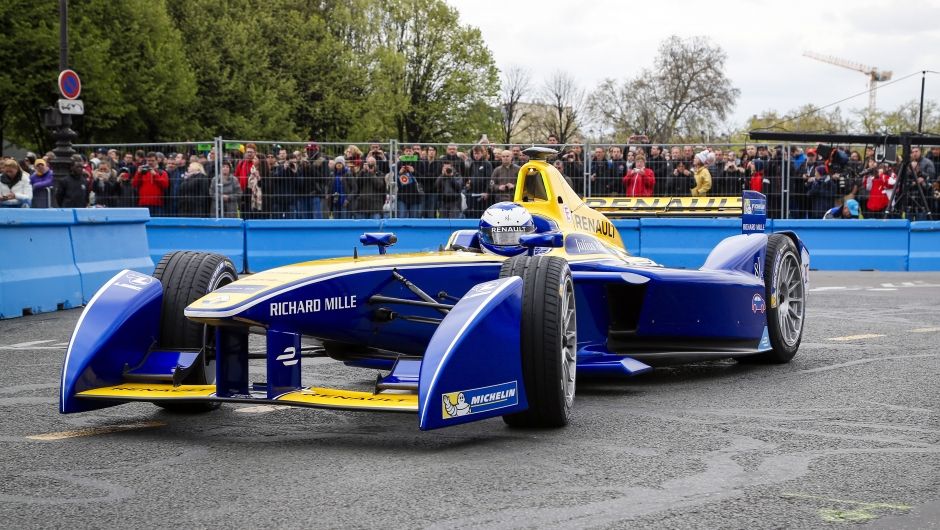
Content from disqus has been blocked because you did not allow to load it.
Loading the blocked content will adjust your privacy setting and content from this service will not be blocked in the future.
You have the right to revoke or change your decision at any time.
Posting Guidelines
All communications on Logistics of Things should be appropriate for a professional community, respecting the diverse views of individuals from different backgrounds. We will review all comments and reserve the right to terminate or restrict access to user's account and to delete any content posted through it, without notice and at our discretion, if we deem it to be overly promotional, offensive, or off topic.
All posting become property of DHL.